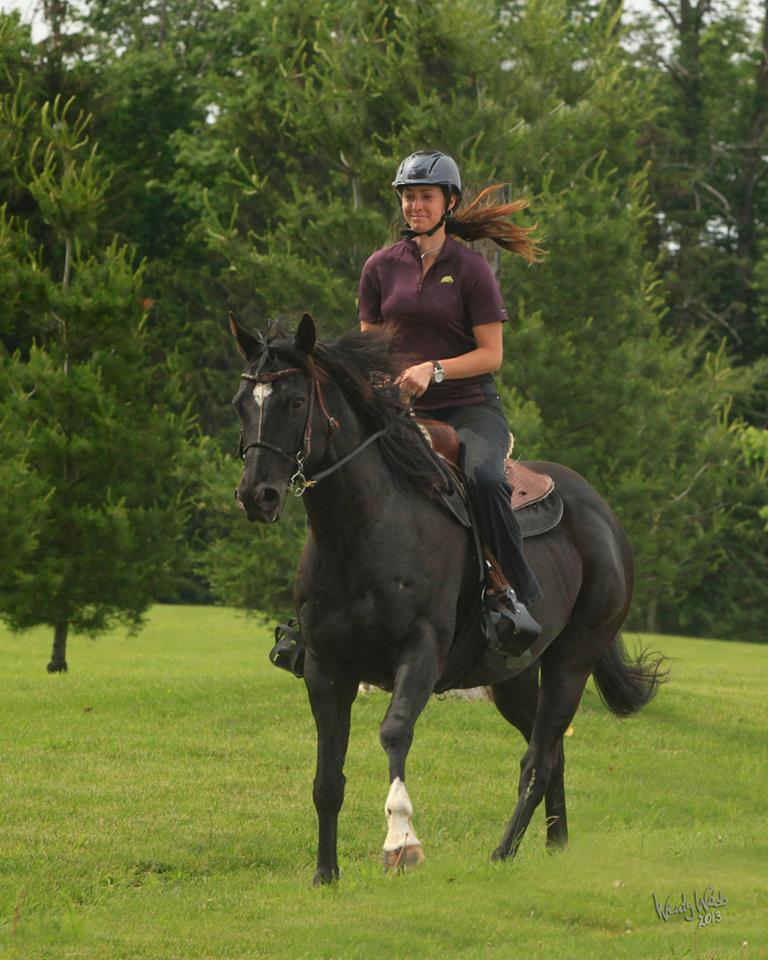
Figuring Out a Horse - how should you work with them?
By Lindsey Partridge (formerly Forkun)
It is important to learn to assess a horse correctly so you can judge how best to train and play with a horse.
I always start working with new horses by doing a few quick things to figure out the confidence, dominance, and sensitivity of a horse. This is because it will help me know if I need to work slowly, quickly, firmly, or softly.
Below are some things to remember about the three important traits:
- Confidence: if the horse is skittish, spooky, tries to crowd you, or can’t look at you
 with two eyes they probably have low confidence. It is important to set boundaries with these horses so they feel safe (i.e. quickly correct them when they crowd you). They also need you to work through new tasks very slowly and patiently. Horses that are really confident are usually curious, brave, will approach new things, and stay relaxed. These horses can work through new tasks more quickly because they don’t get nervous.
with two eyes they probably have low confidence. It is important to set boundaries with these horses so they feel safe (i.e. quickly correct them when they crowd you). They also need you to work through new tasks very slowly and patiently. Horses that are really confident are usually curious, brave, will approach new things, and stay relaxed. These horses can work through new tasks more quickly because they don’t get nervous. - Dominance: dominant horses will try and push you, pin ears, and may even show more aggressive behaviours like kicking or biting. It is best to work with these horses at a distance (so they are out of kick and biting reach of you) and to focus on getting the horse to really move his feet like back up and sideways to show you are the leader. Submissive horses will sometimes push you or try to rub on you, but this is just testing you to see if you are paying attention – submissive horses won’t become more aggressive, but they can become nervous and skittish if they think you are a poor leader.
- Sensitivity: sensitive horses pick up on the slightest cues and can even be a bit flighty. They move away from pressure really easily and you have to be careful to be very soft. They need desensitizing work if you want them to be less flighty from cues. Insensitive horses are the ones that you really have to push sometimes to get a response. These horses need you to be quick with your cues (soft cue and then get firm quickly if they don't respond, but quickly release when they move, even if it's a sluggish response) so they learn to follow your lead because you are quick and interesting. You also have to figure out what these types of horses really enjoy so you can get them to want to be more responsive to your cues.







